

Human Pressures
It is widely recognised within the scientific community that the Earth is currently facing a biodiversity crisis due to human pressures
-
This crisis is said to be anthropogenic as the causes are a consequence (direct or indirect) of human activity
The overarching cause of this crisis is the global growth of the human population, which places numerous strains on native populations:
-
Overexploitation: Overfishing and excessive or unnecessary hunting may reduce population numbers below sustainable levels
-
Urbanisation: Human construction can lead to a direct loss or a fragmentation of habitats – resulting in increased competition between native species
-
Deforestation: The clearing of land for industry (timber, mining, etc.) or agriculture (farming) results in a consequent loss of native habitat
-
Pollution: Microplastics, along with fertilisers and organic waste products, can cause ongoing damage to natural environments
-
Climate Change: Greenhouse gases released via industrial processes are changing climate conditions and increasing ocean acidification
-
Global Transport: Globalisation is increasing the spread of pests, pathogens (infectious diseases) and invasive species
-
An invasive species is an alien species that has been transferred to a new environment and has a detrimental impact on the pre-existing food chains
-
Anthropogenic Pressures
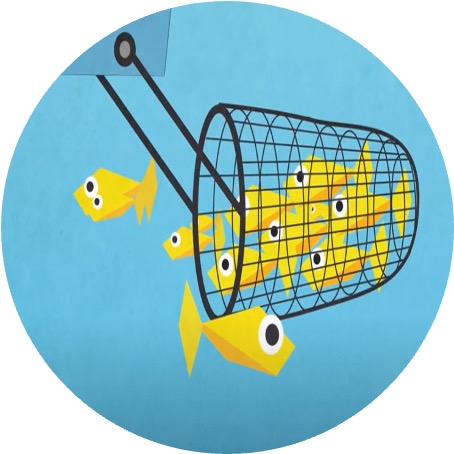
Overfishing

Urbanisation
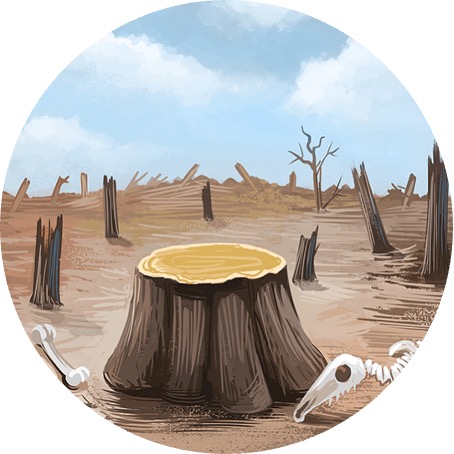
Deforestation
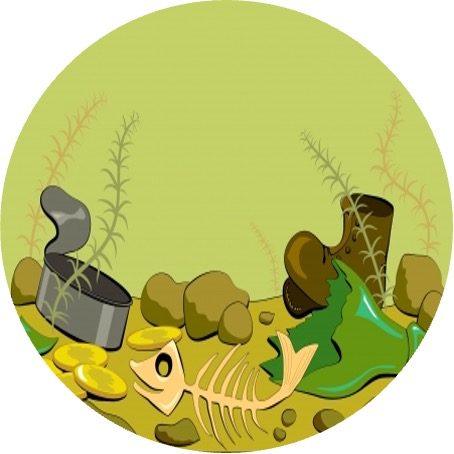
Pollution
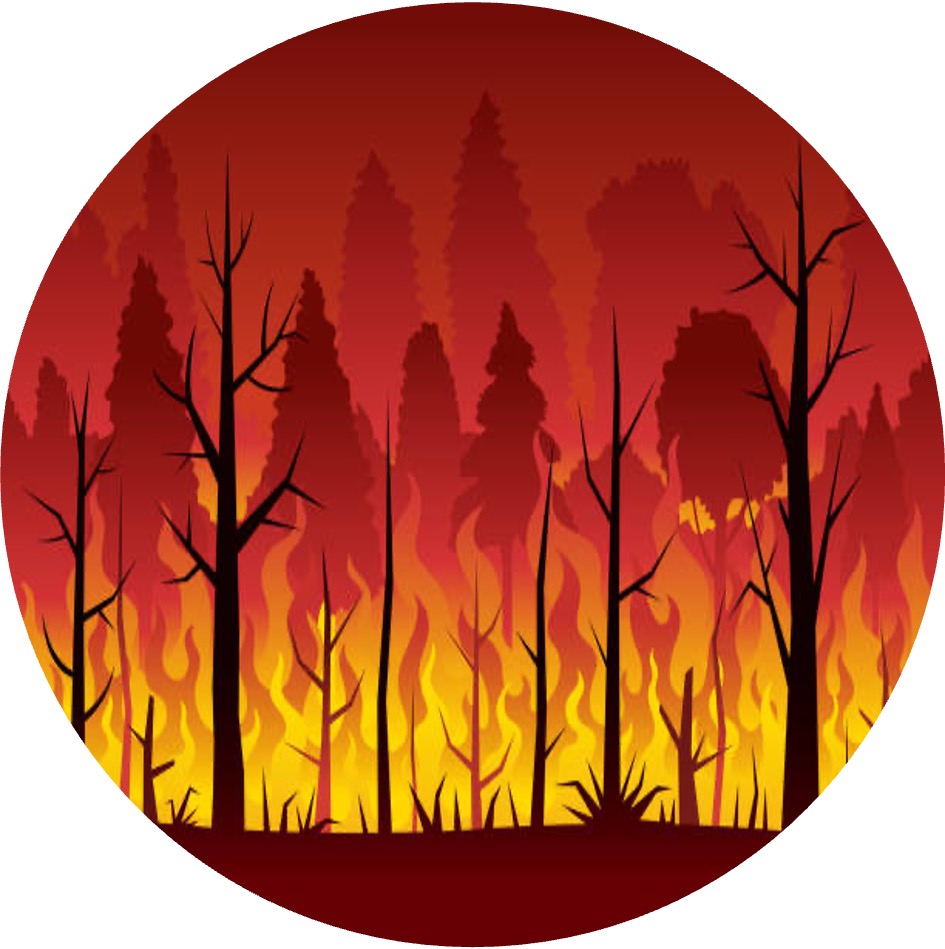
Climate Effects
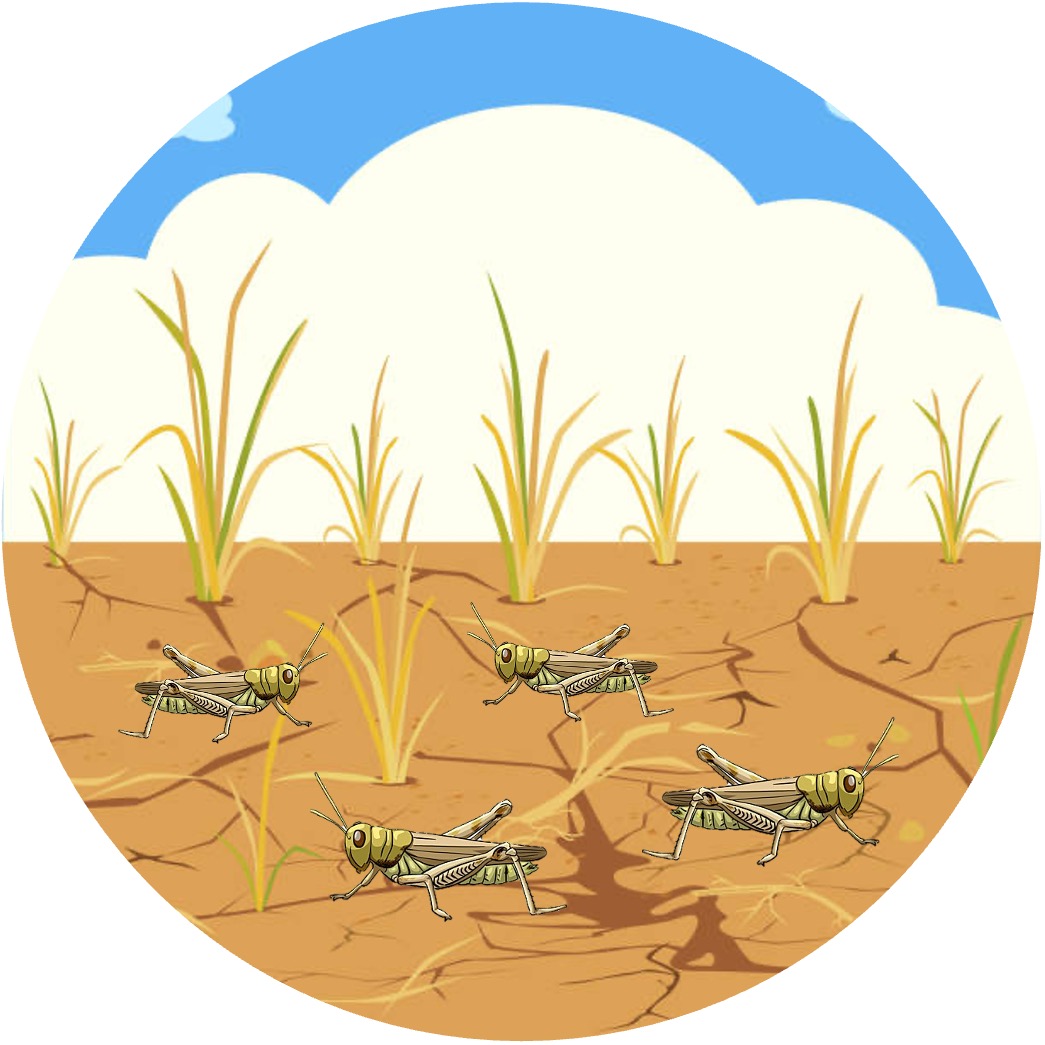
Pest Spread
Ecosystem Loss
An ecosystem consists of the interactions between all living organisms (a community) and their abiotic environment (habitat)
-
Ecosystems can become threatened by direct human activities (e.g. deforestation) or indirectly (e.g. climate change)
Example: Mixed Dipterocarp Forest
-
Dipterocarps are a family of trees that function as a keystone species within the rainforest ecosystems of South East Asia
-
Their presence provides an important habitat for native species in addition to providing nutritional support via fruits, pollen and nectar
-
These forests are progressively being lost in order to provide timber and clear the land for agriculture (e.g. palm oil plantations)
-
In Borneo, excessive deforestation is endangering native species like the orangutan, as well as threatening the water security and food sovereignty of the indigenous populations
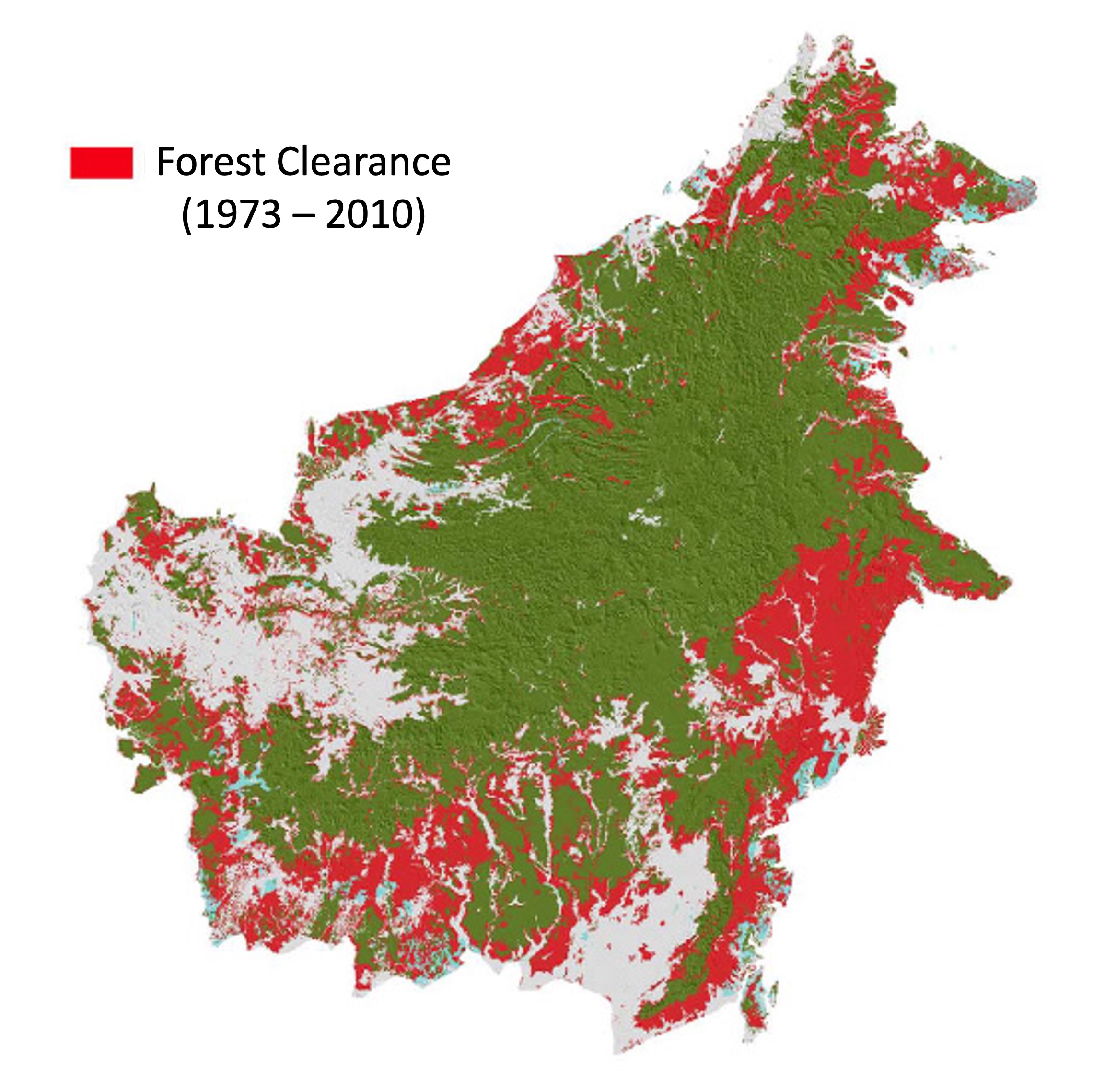
Borneo Forest Clearance
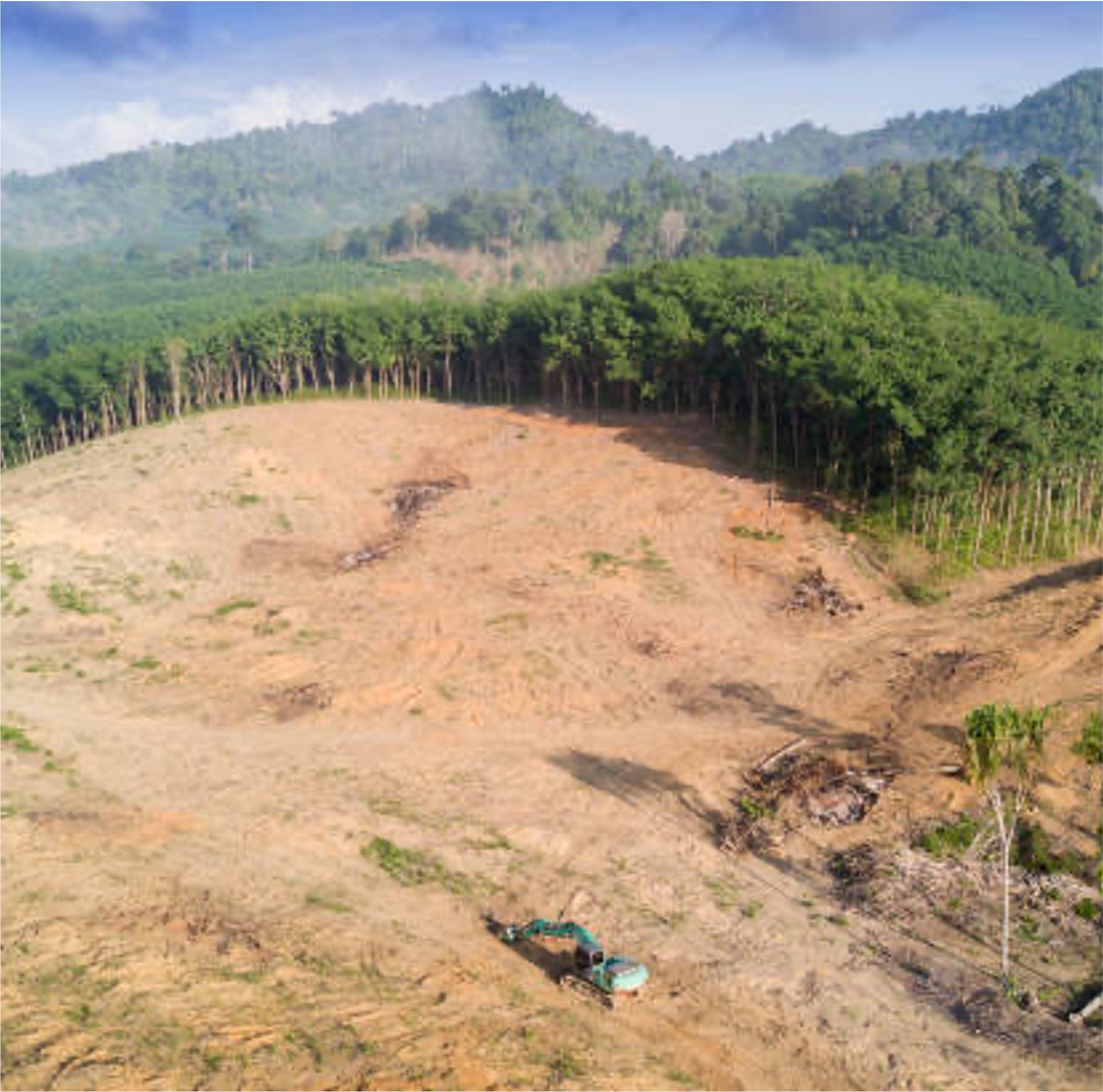
Deforestation in Borneo
Example: Great Barrier Reef
-
Coral species form connected reefs that are greatly impacted by changes in oceanic temperature or pH
-
Coral polyps receive nutrition from photosynthetic zooxanthellae (algae) that live within the polyp’s endodermis
-
Changes in ocean temperature or pH may cause zooxanthellae to leave the coral tissue, leading to coral bleaching
-
Anthropogenic greenhouse gas emissions are increasing oceanic temperatures and decreasing pH (ocean acidification)
-
This has resulted in mass bleaching of the Great Barrier Reef off the coast of Australia, threatening the indigenous marine ecosystem
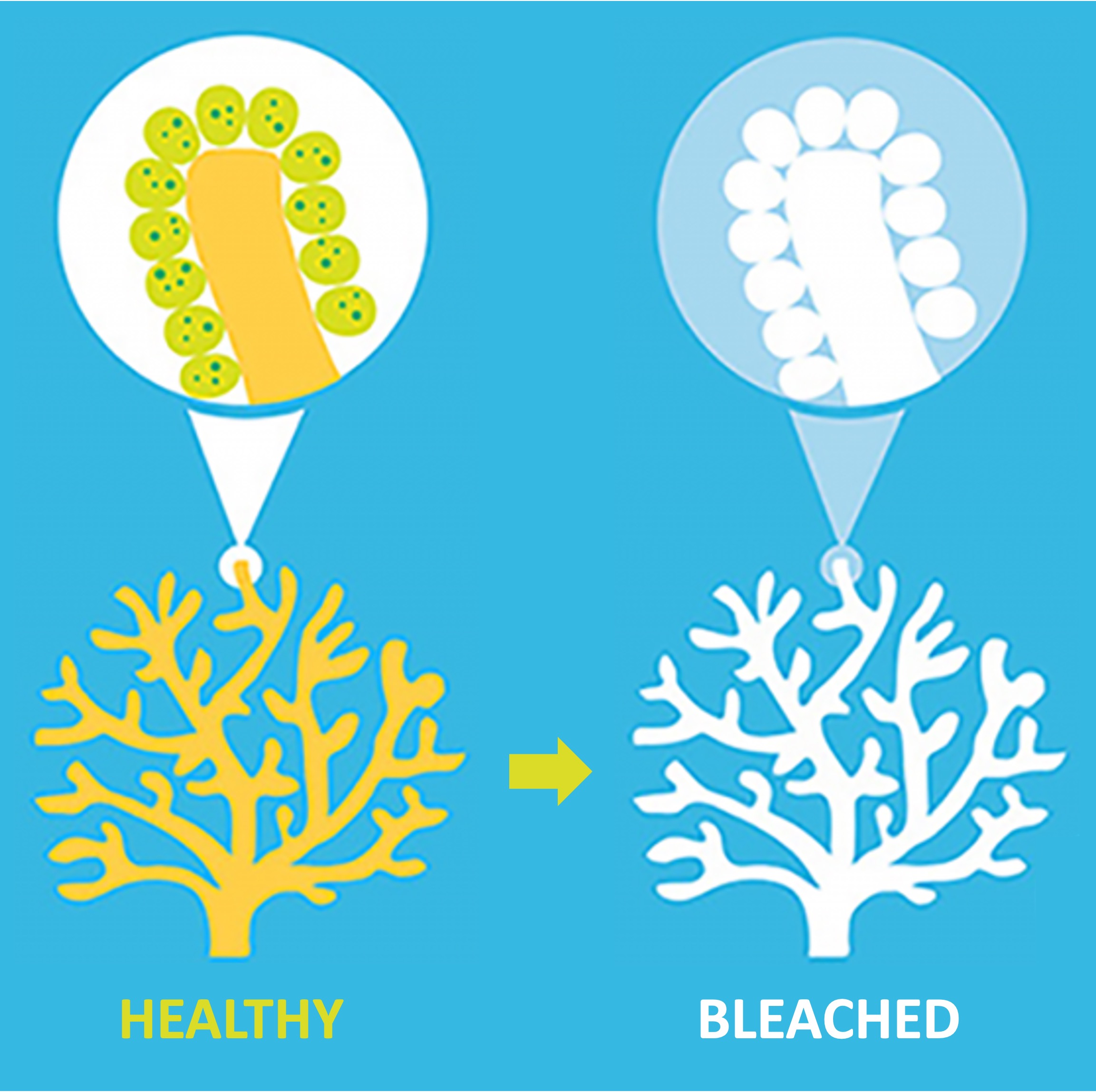
Coral Bleaching
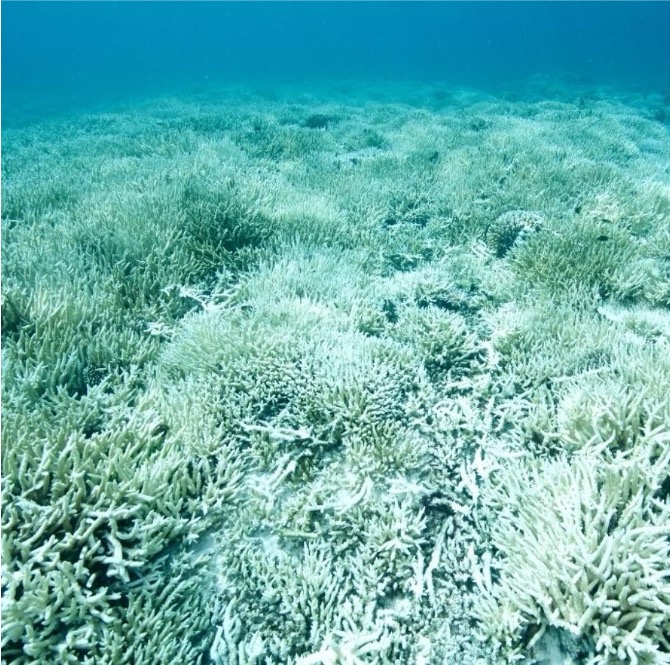
Great Barrier Reef




